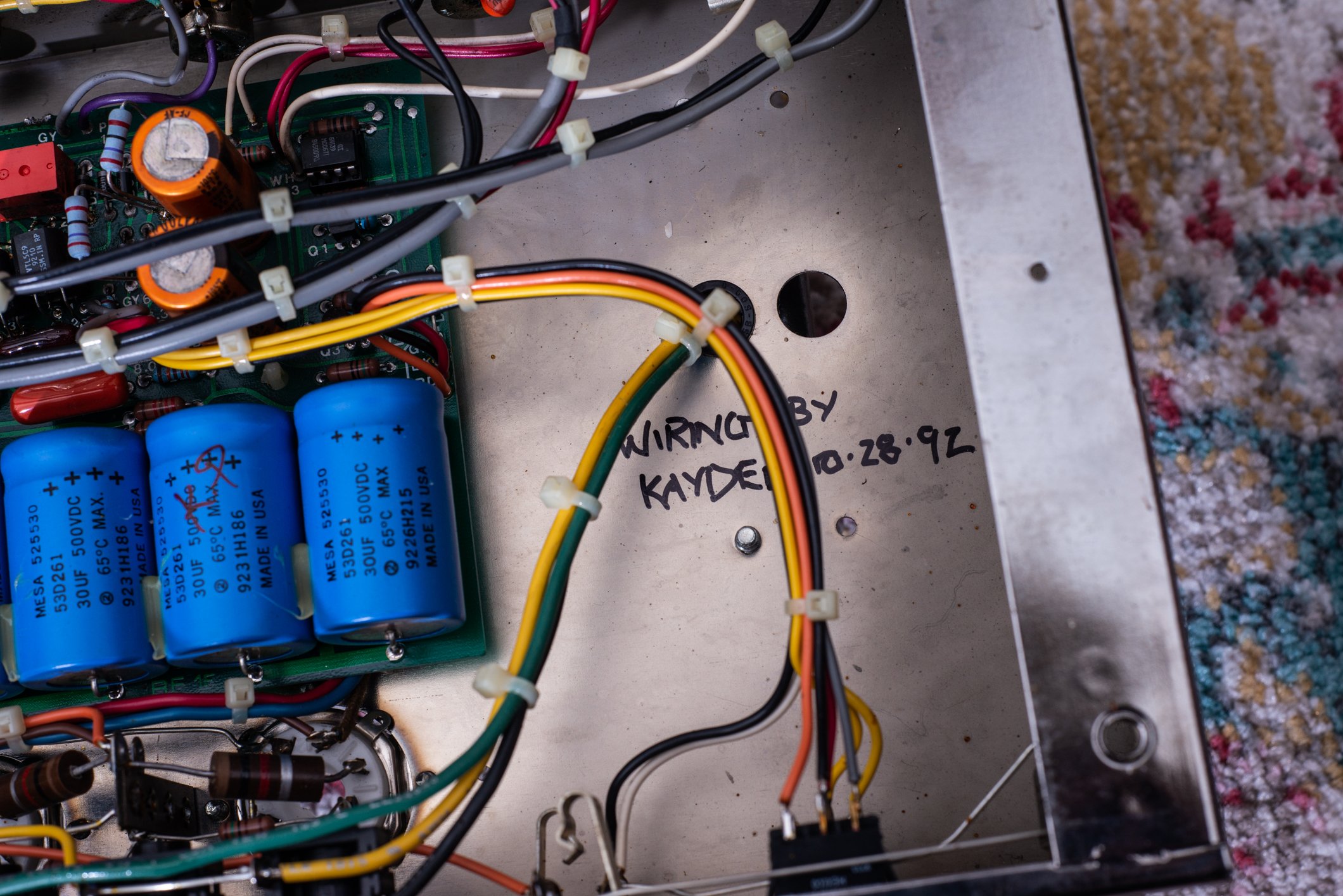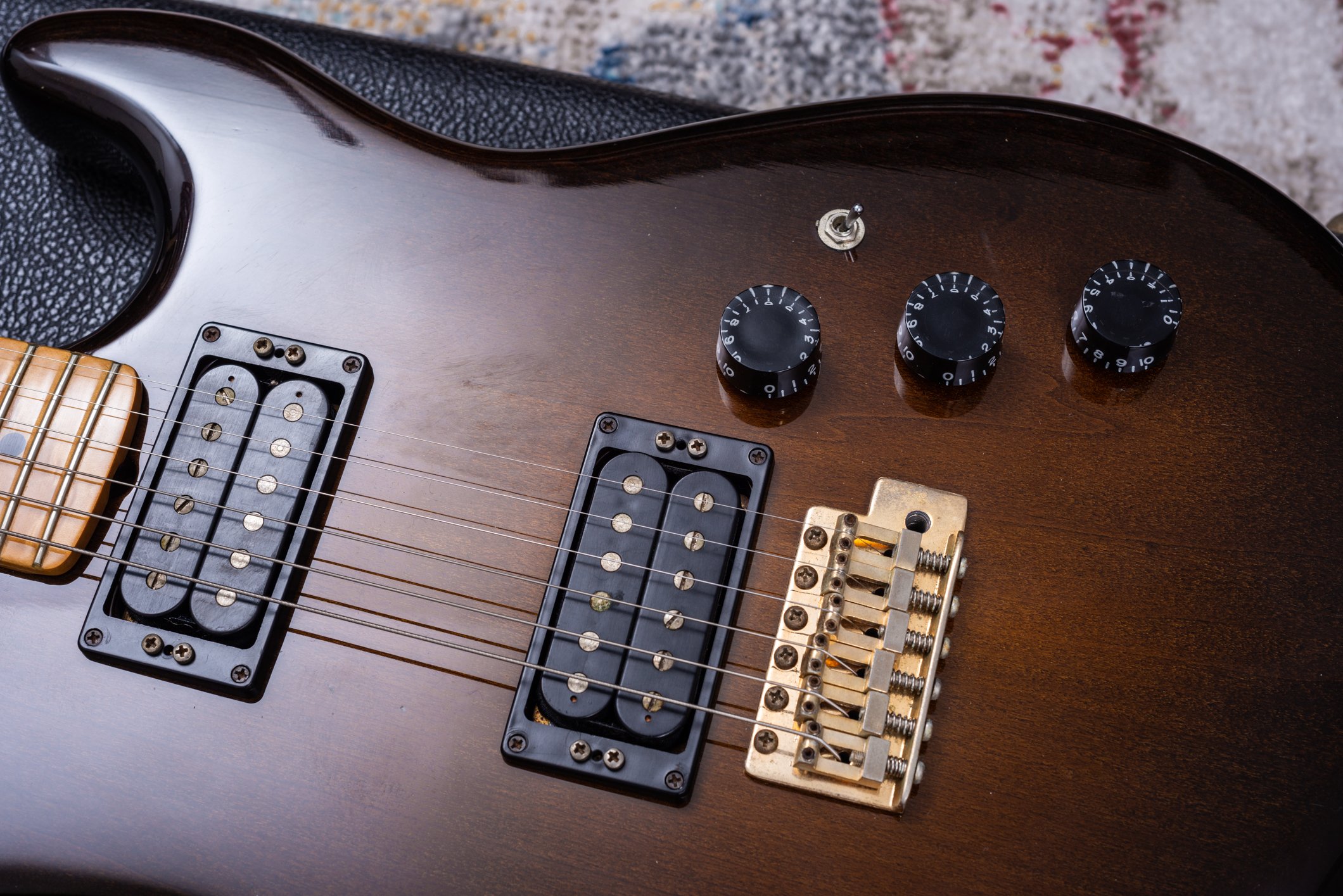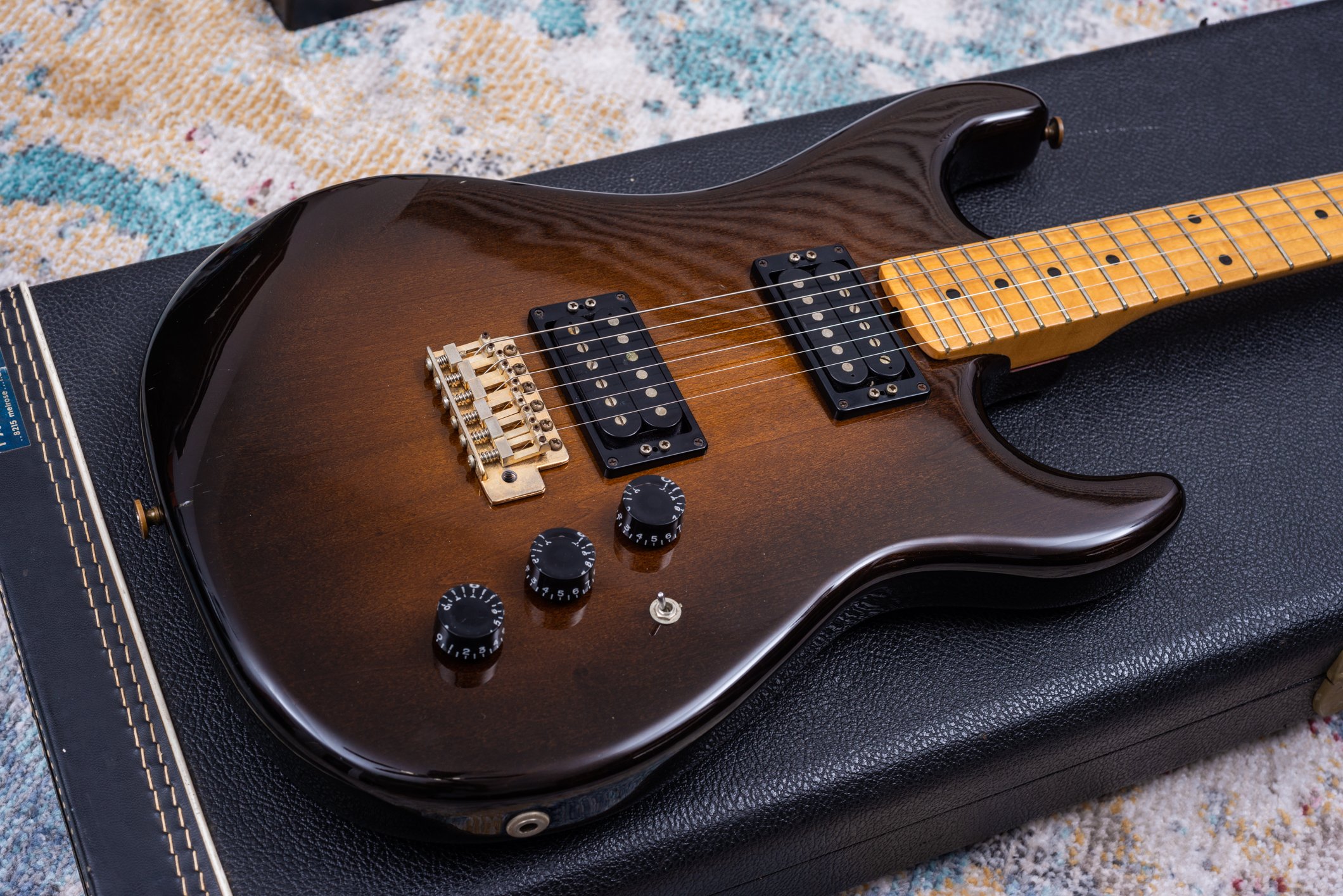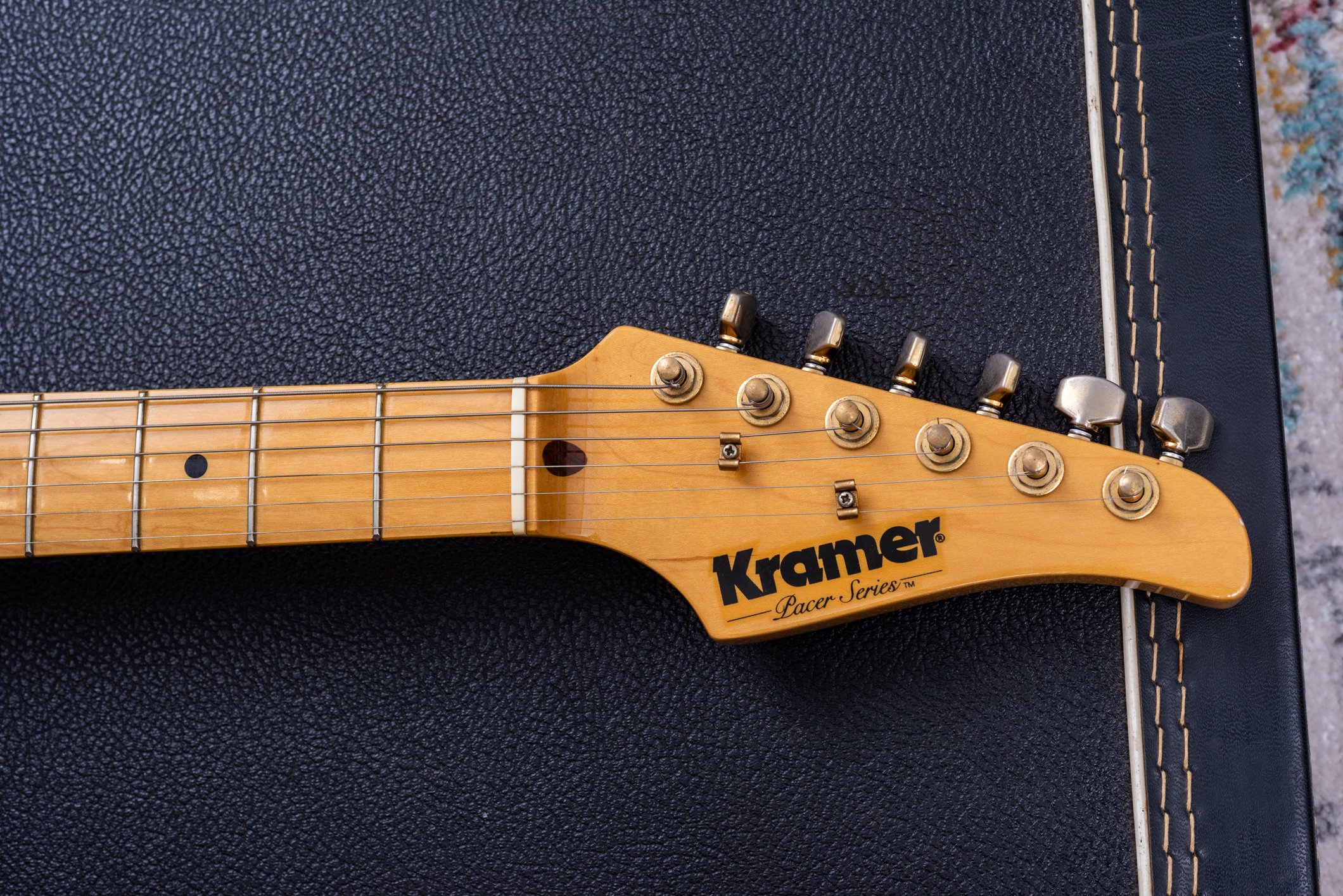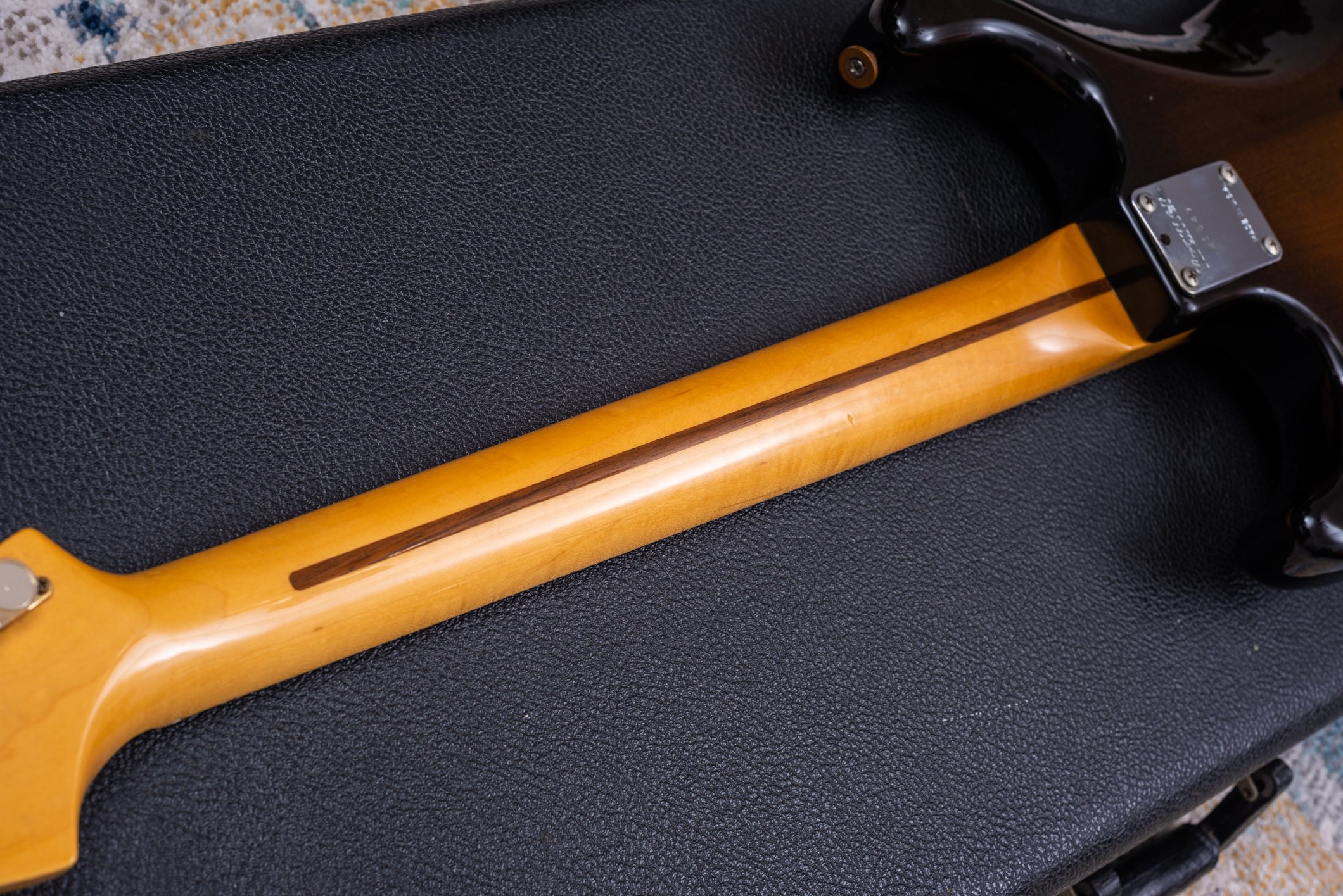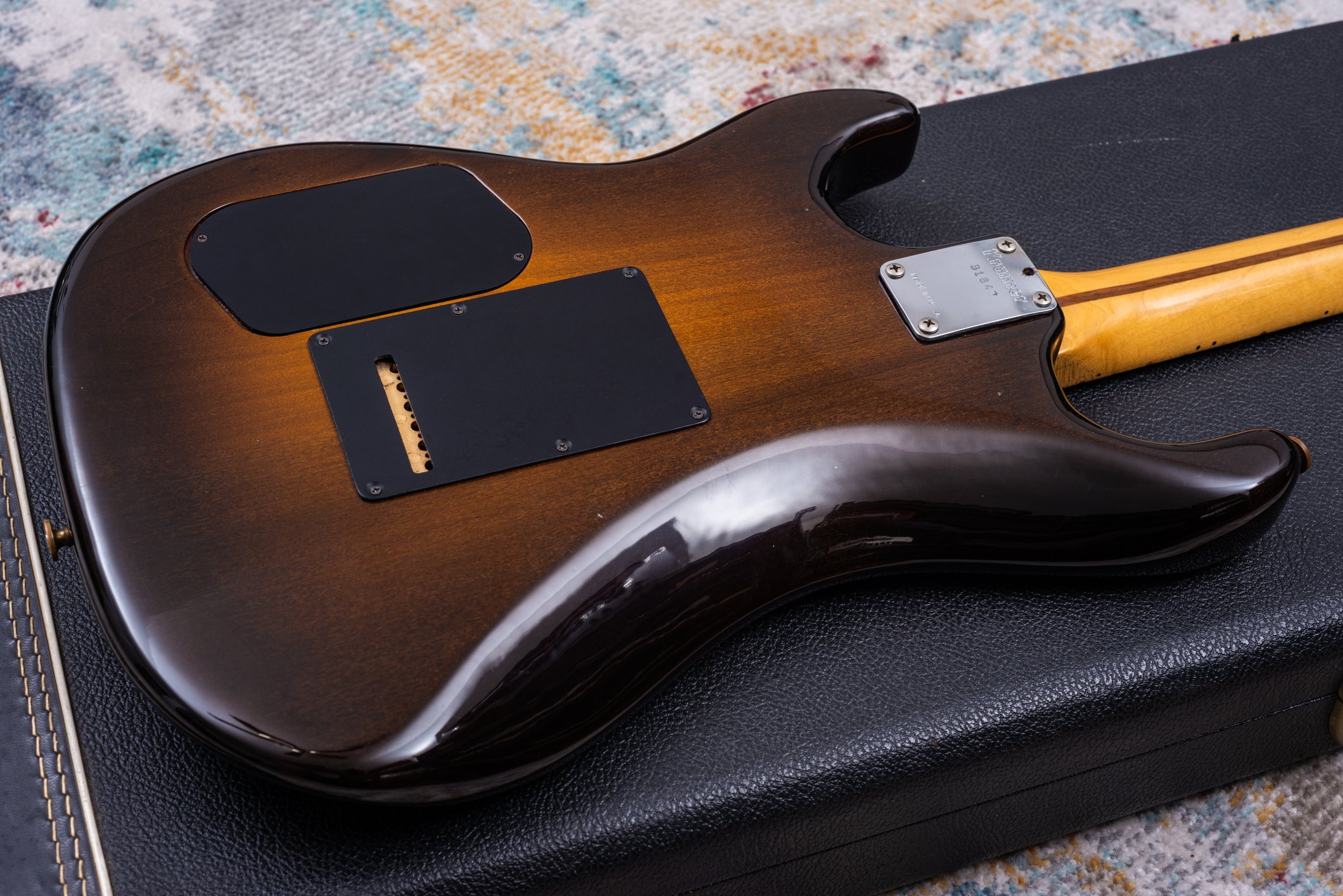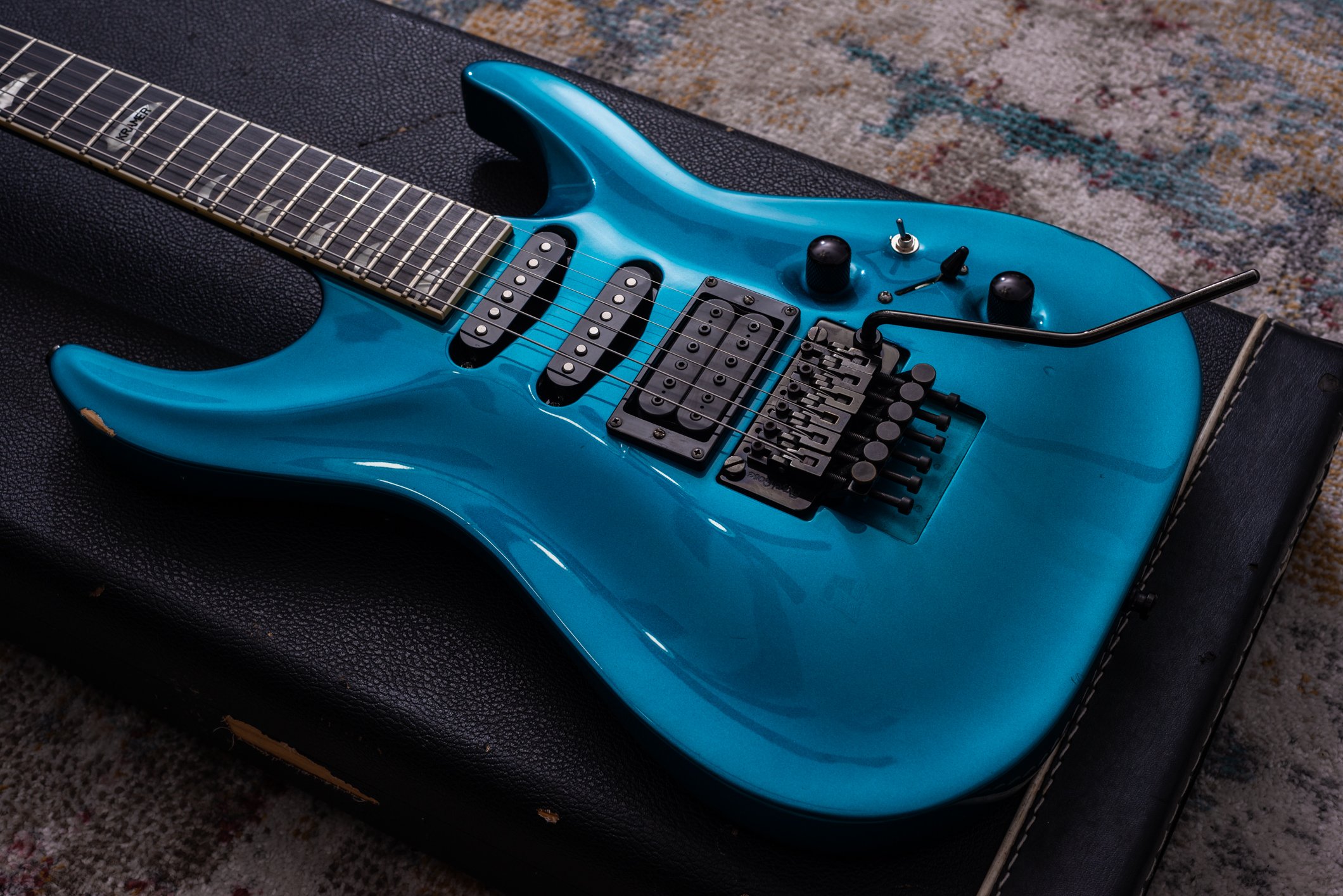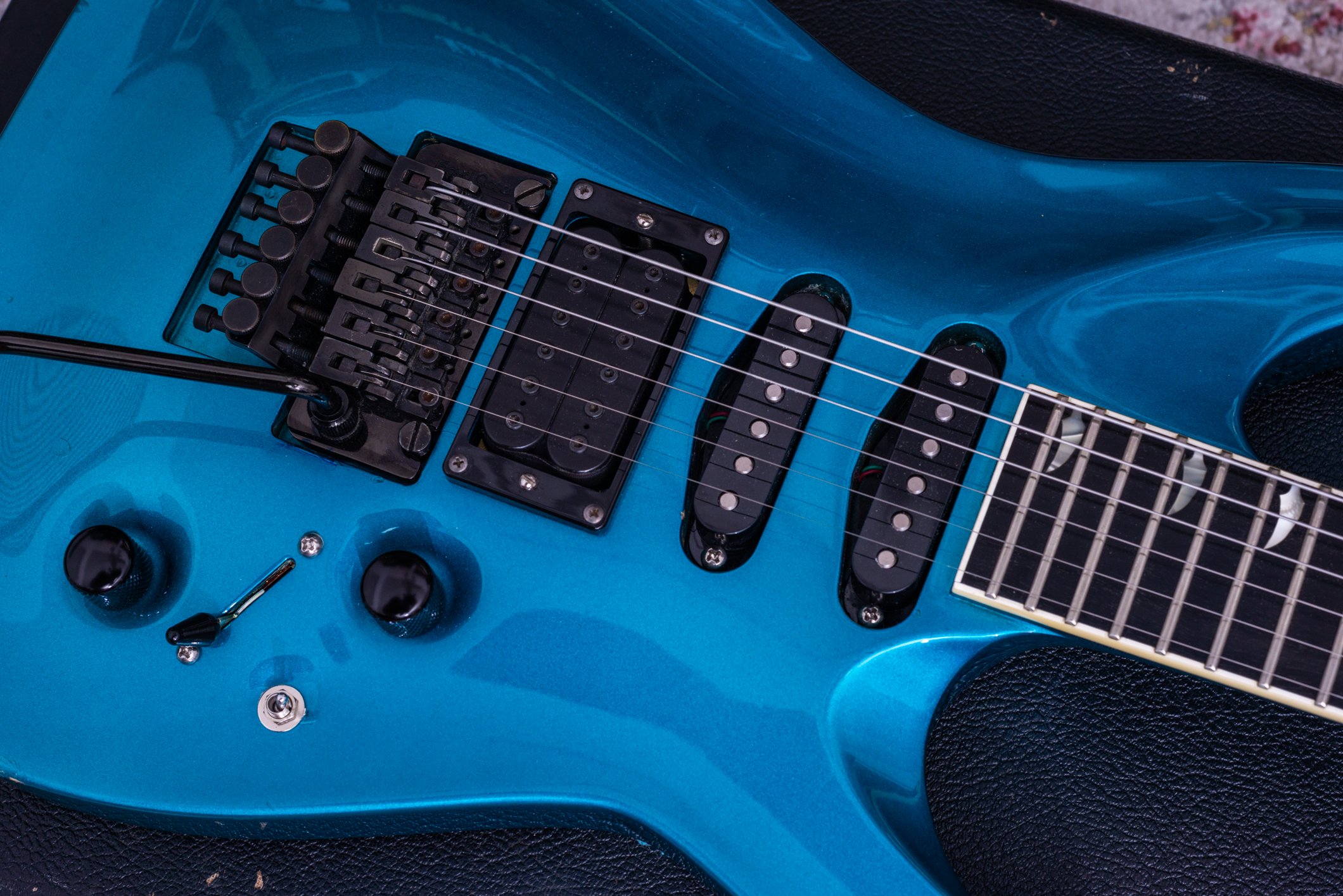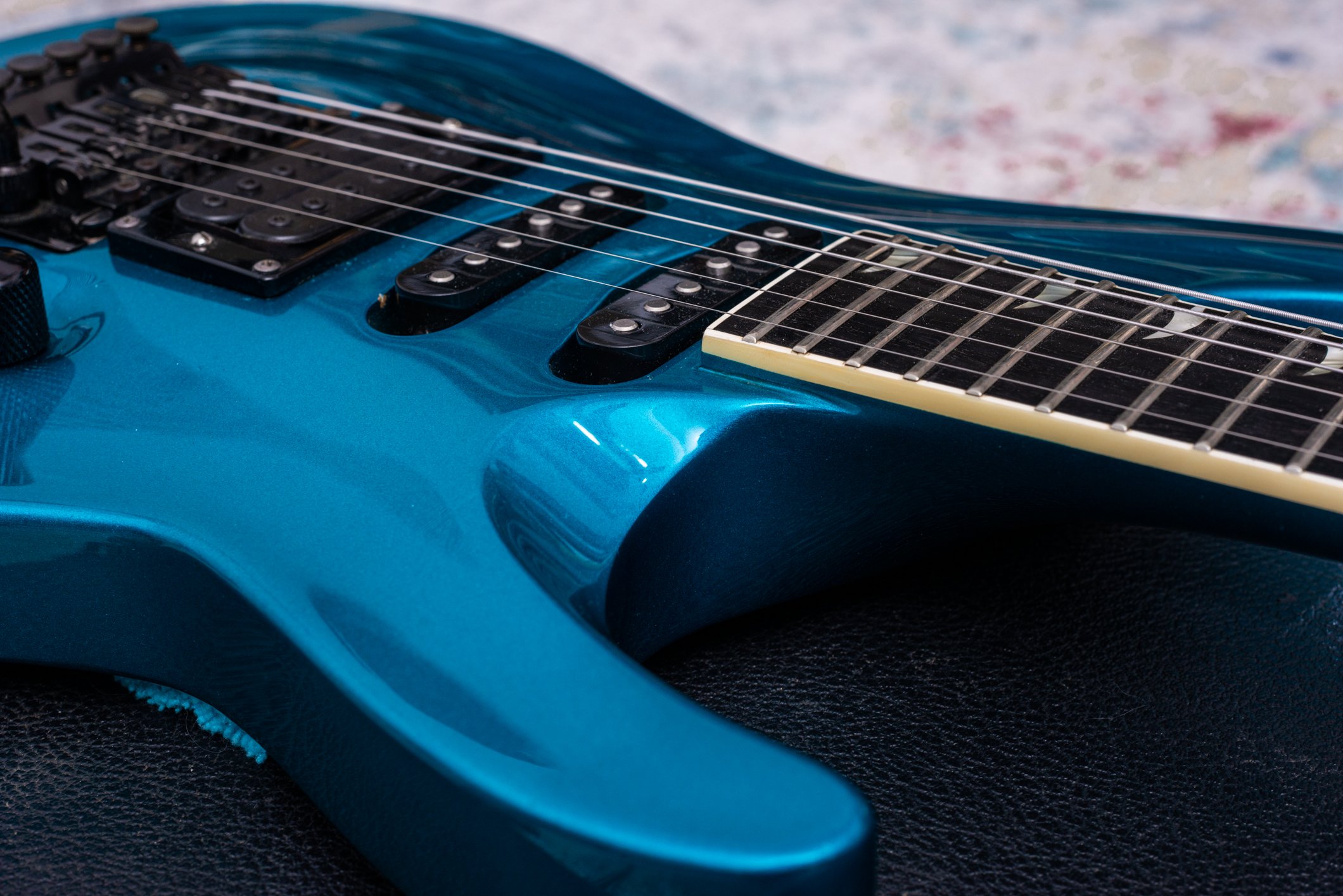This is definitely one of the best finds I’ve had in a while. I’ve wondered just how different the earlier revision Mesa Rectifier amps sound from each other, but I always figured any early revision is out of my price range. Luckily, I spotted this one at a local shop (Jimmy’s Vintage Music, if you’re in Florida I’d highly recommend you swing by his shop) and was able to get a very fair deal on it.
My favorite rectifier is my Rev G, which I preferred over the 3ch and Roadster’s I’ve had in the past. I only have a little seat time with this Rev F (it needs a little going over, it has some channel switching issues I want to clear up before I play it more) but my impression is very positive, especially in more mid-gain tones. It feels more saturated on the palm mutes, with a little more punch, but it doesn’t do the “wall of sound” thing quite as well. I read somewhere that these Rev F’s sound a little like if a boost was on all the time, and while that calls to mind the most awful of solid state amps to me (I started playing during the Line6 era after all) I kind of hear what they mean. There’s some shaping going on that just makes the mutes and lead lines a hair more punchy than the Rev G, with a bit more mids.
I also was reading that earlier revisions were geared a little more towards hair metal and where they thought that musical style was going next, and I definitely see that too. The story goes that when Rev G came out, it was voiced in a way that reflected the grunge craze taking off as more of a heavy rhythm amp. Either way, I think both revisions sound great.
This one also has the very cool chrome chassis and black faceplate, which looks great especially on top of my more standard black chassis/chrome faceplate Rev G. My serial number is in the 900’s and it does have the original Mk III spec transformers (Part #562100 and #561136). These transformers ran from the start of Rev F (around SN 500ish) to around SN 1300-1600, before changing out to a different model (#562105). Supposedly this is the more desirable, early configuration. I don’t have a later Rev F to compare, but either way count me very pleased with the amp. Now to give it a proper clean up and touch up a few solder connections so it can last another 30 years!

